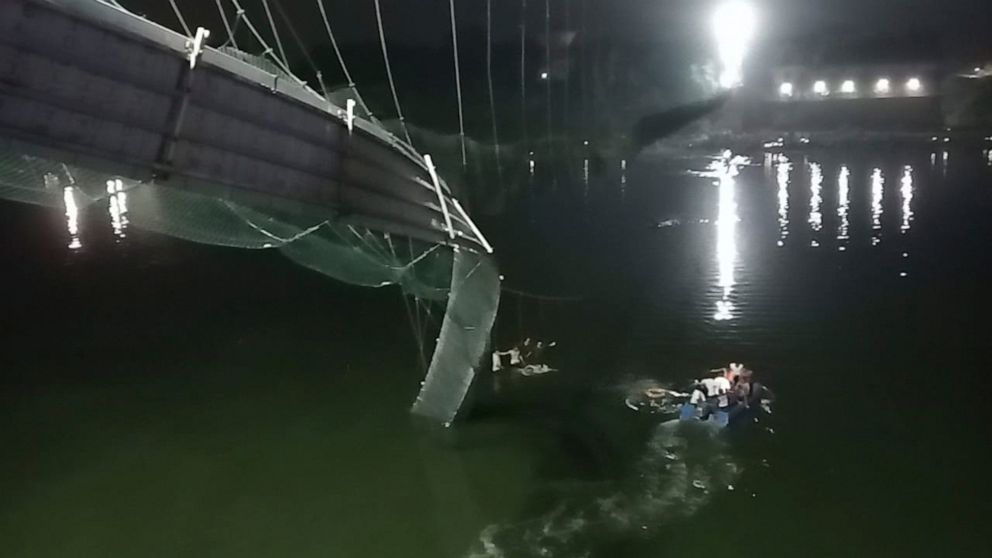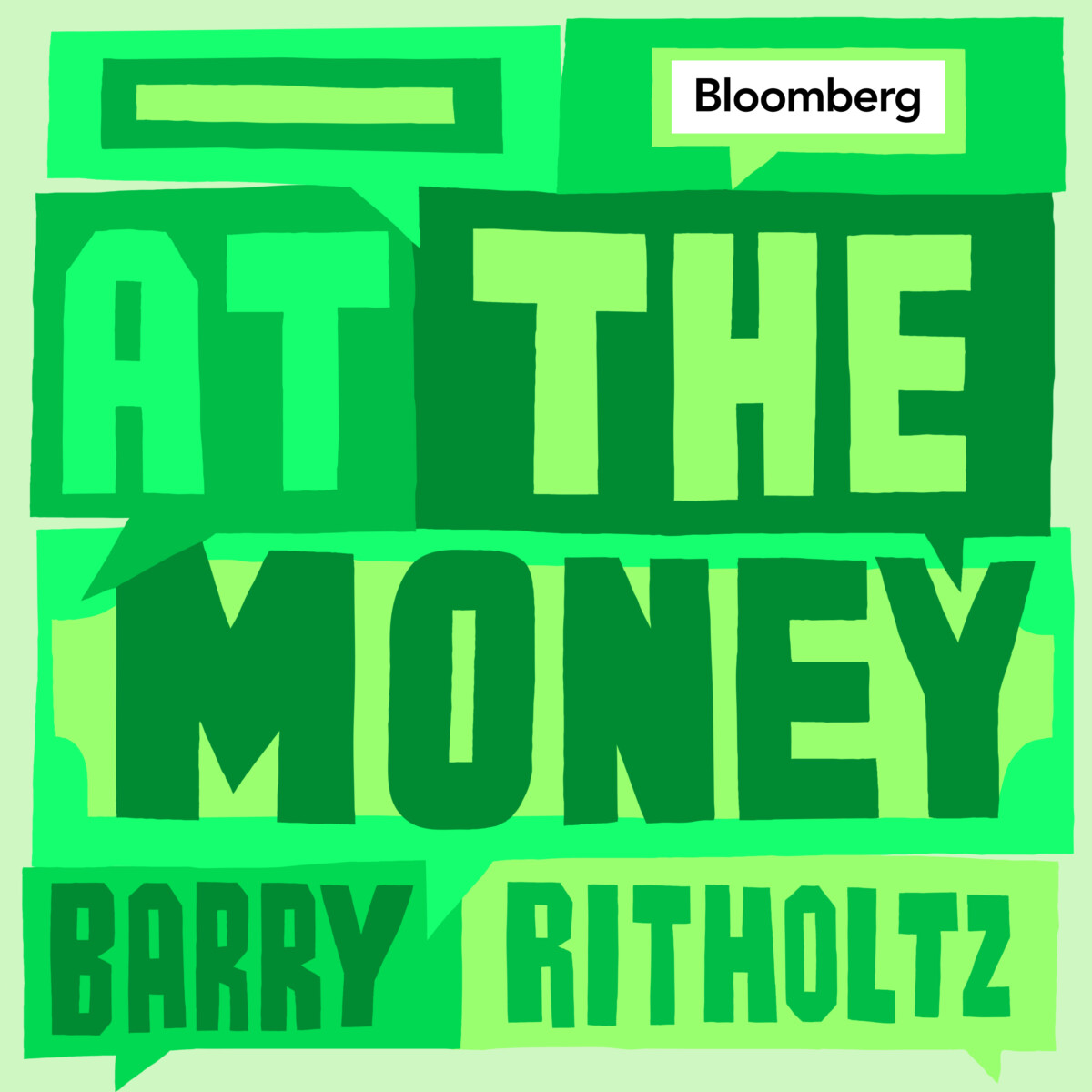“Just as we pulled together as a nation in the early days of the space race, we simply must redouble our efforts to develop the next generation of tech innovators and entrepreneurs if we hope to win this race.”
Deputy Director of CIA for Digital Innovation, Jennifer Ewbank was a keynote speaker at this year’s Cipher Brief Threat Conference. Her remarks below have been lightly edited for clarity.
EXPERT PERSPECTIVE — As Margaret Mead once said, never doubt that a small group of thoughtful, committed people can change the world. And indeed, it’s the only thing that ever has. With leaders in industry, media and government gathered together here to explore the challenges facing our nation, it’s a great place to share ideas and gain new insights.
By way of background, I came to this job through a rather non-traditional path. I’ve spent many years in government service leading multidisciplinary teams overseas, conducting intelligence operations. And over the course of those years, I’ve witnessed the absolute transformation of the intelligence landscape that came primarily through our adversaries’ growing use of emerging digital technologies.
I’ve seen adversaries attempt to undermine confidence in our elections, hold critical infrastructure for ransom, steal the personal information of millions of Americans, and rob American industry of billions of dollars of intellectual property.
I’ve seen how they leverage big data and now artificial intelligence and machine learning, not only to strengthen their own economy, but also to undermine global competitors. And with each unprecedented event, I found myself asking the same question: Is this our digital Sputnik moment?
The Soviet Union’s 1957 launch of Sputnik — a tiny satellite, weighing about 200 pounds and the size of a basketball – captivated America’s attention and galvanized a new partnership between government and industry to win the space race. But it wasn’t really about space, at least not space alone. Yes, we sought to achieve new technological milestones before the Soviets, but it was really about global leadership. Political, economic, military, diplomatic, cultural, and yes, technological leadership. Two competing visions for the future: freedom or authoritarianism, democracy or communism.
Here we are six and a half decades later, and we are again in a race for technological superiority, this time largely in the digital realm. Whether we talk about AI and ML, blockchain, next generation wireless communications, augmented and virtual reality, and somewhere on the horizon quantum computing, we’re really talking about global leadership. And there are once again two competing visions. One where technology serves society and one where technology controls society: liberty or autocracy, digital democracy or digital authoritarianism.
Alarmingly, freedom is in retreat around the world. The Freedom House says the global order is nearing a tipping point, and if democratic forces do not work together to guarantee freedom for all people, the authoritarian model may prevail. And the timeline for this trend is worrisome, but also interesting. It’s about 16 years. And if you think back, that roughly parallels the rise of personal smart devices and the relative ease with which authoritarian regimes can monitor their own populations.
Plan Early to Make a Difference. Apply now to attend The Cipher Brief’s 2023 Threat Conference October 7-10 in Sea Island, GA
A growing club of digital autocracies is imposing repressive political and cultural orthodoxies while intimidating their own populations. It’s a recipe to quell dissent and maintain an iron grip on power. And these days that power is increasingly developed, strengthened and wielded by digital technologies. Just ask the countless hundreds of millions of people who now live in surveillance states of the sort we once only imagined in dystopian novels.
With the use of surveillance and sensing technologies expanding, with cyber threats becoming more dangerous and pervasive, and with freedom itself in peril around the world, we face a growing range of threats in what is a treacherous digital landscape.
The most pernicious of these threats continue to radiate from the People’s Republic of China. America’s security and prosperity remain squarely in the PRC’s crosshairs. And in recent years, by flooding the digital landscape, the Chinese have positioned themselves to undermine both.
Their quest to become a global superpower has been bankrolled by soaring investments in a powerful digital arsenal. That arsenal – including cyber, artificial intelligence, and somewhere on the horizon, quantum computing – is empowering the PRC to not only exert greater political influence and bolster its military capacity, but also to intimidate regional rivals and power its own surveillance state. And they’re not stopping there.
Beijing is also striving for economic dominance by pouring additional resources into research and development, as well as new technologies to strengthen its standing in the global economy and tip the scales of competition in its favor.
We’re America, right? We love competition. We think competition is good and it is, but it’s not just their technologies that the PRC is relying upon. A pillar of Beijing’s growth strategy continues to be the brazen theft of U.S. intellectual property, appropriating America’s greatest technological achievements with impunity.
PRC aggression across the digital landscape is persistent and pervasive. It’s a sweeping campaign designed to compromise our security and competitiveness, and chip away at America’s economic might and political influence abroad. Make no mistake, at least in my opinion, this is America’s digital Sputnik moment.
As with the space race many decades ago, investments in education, technological innovation and strategic partnerships will unleash America’s unparalleled potential. And in the process, just as our past success in the space race demonstrated global leadership and the strength of American democracy, we have the opportunity to do so again.
We will prove that ingenuity and creativity, supported within a free and open society, with respect for civil liberties and the rule of law, can not only compete, but win. Education, technological innovation, and strategic partnerships. Frankly, we don’t have much choice and we have no time to lose.
I want to digress for just a moment from this broader discussion to humanize some of the challenges we face in developing that next generation of technical talent by sharing the story of Ryan Daza, a 45-year-old resident of Washington DC.
Not long ago, Ryan quit his job as an economist and founded the Capital City Robotics Club, a non-profit organization for engineering and technology-minded kids in the nation’s capital. After converting his basement into a robotics workshop, Ryan searched for more space to expand the club. He drew all sorts of interest from kids throughout the neighborhoods in a city where opportunities like this are scarce, particularly for the less affluent. So, he canvased the area, found great sponsors, the club flourished, and now it has about 200 participants ranging in ages from five to 15. They are as economically and culturally diverse as the city they live in. And earlier this year, they achieved their dream, which was to participate in the World Robotics Championship.
About 20,000 teams from 50 countries competed to participate. 2,300 teams got in. Eight of Ryan’s teams made it into the championship. They had great names including Robokitties and Unhidden Figures. Five of the teams were made up of all girls. Now, not a single team won its individual division, but these kids are amazing, and they’re all winners in my book.
Across government, industry and academia, our country has devoted substantial resources to the development of first-rate technical skills. We were once the world’s university, training STEM talent from around the globe. Today, however, the volume and quality of China’s postgraduate STEM pipeline is growing rapidly. Within the next three years, China will produce nearly double the number of STEM PhD graduates as the U.S. And if international students are excluded from the U.S. count, they will out produce the U.S. by three to one.
So back to the Capital City Robotics Club. It’s a heartwarming story about great kids, led by a great guy, and these young people are our future systems engineers, data scientists, and cloud architects. And wherever they find themselves 10 or 20 years from now – maybe in a startup or working in the national security community, or engineering manned space flights to Mars – they will be on the front lines, building and safeguarding technology in service of society.
But I have to wonder whether it will be enough. How can we develop our future generations of STEM talent and do so at a scale to compete effectively? This new digital landscape demands that we do more, and our rivals, frankly, are going all in. They’re pushing all their chips to the center of the table.
Subscriber+Members have a higher level of access to Cipher Brief Expert Perspectives on Global Issues. Upgrading to Subscriber+ Status now.
Just as we pulled together as a nation in the early days of the space race, we simply must redouble our efforts to develop the next generation of tech innovators and entrepreneurs if we hope to win this race.
In recent decades, as our broader society has come to rely on digital technologies, intelligence collection by technical, and now digital means, has become increasingly critical for our success. At CIA, I will say a little immodestly, we have become world class integrators. We blend together technology, digital capabilities, and our traditional strengths in human espionage to gather insights into the plans and intentions of our adversaries. That’s what it’s all about. To understand what our adversaries plan and intend to do.
The growing complexity of this mission and the transformation I’ve briefly described, have compelled us to innovate and to adapt. In our world, it’s innovate or perish.
And here’s our reality. Data has become the lifeblood of every 21st century intelligence service, including the CIA. And today, our workforce is in the eye of a swirling information storm that will require real innovation to manage.
I emphasize real because there’s a lot of hype around the word ‘innovation’. Real innovation. How we collect information, how we process, analyze and protect it, underpins everything we do. It’s a prerequisite for our success and that’s one of the many reasons developing the digital acumen of our own workforce – current and future – is so very important for us. Elevating the technical proficiency of our workforce will help unleash the power of data for mission and enable us to develop the next generation of leading-edge digital solutions.
Increasingly, those innovative solutions will involve human-machine partnering. We first previewed this potential some 60 years ago, when a new worker at General Motors reported to an assembly line in New Jersey. The labor was considered very hazardous – moving die-castings from an assembly line and welding them onto auto frames – and there was a risk of inhaling toxic fumes or even losing a limb. It was dangerous. But this new hire was undaunted and approached his work with machine-like efficiency. And okay, no surprise to anyone here, it’s because it was a machine. And in 1961, Unimate, as it what was called, became the first industrial robot.
Unimate was celebrated across the country and even appeared on the Tonight Show where I think it sunk a 20-foot putt on live TV, which was very impressive. But what was novelty in the mid-20th century – human labor augmented by machines – has become a necessity in the 21st century.
Machines are now a mainstay of our national security mission, from unmanned aerial vehicles with sophisticated strike capabilities to AI and ML applications to sort through vast troves of data. We know that the power of AI is the power of transformation, the power to transform data into information and information into insight. And because these technologies are programmed to learn and improve, it’s a power with an almost limitless potential.
Indeed, one of my many takeaways from partnerships with private industry, is that AI and ML technologies must and will be at the core of future efforts to manage the exponential growth of data. Their ability to automate labor-intensive tasks by sifting through the world’s seemingly endless amounts of data will, by necessity, be the backbone of our future intelligence enterprise.
Already today, the criticality of AI technologies cannot be overstated. At this very moment, our adversaries are weaponizing data science to compromise our operations, undermine America’s competitiveness, and even target our democratic institutions.
I know what many of you are thinking. AI is still very much an emerging technology. Yes, there’s a whole lot of hype, but we are all racing to harness the power of AI – from the cyber arena to the commercial marketplace, to battlefields both digital and conventional.
Today, private sector investment in AI is far outpacing government investment and it probably always will. That’s okay. This fight is about much more than resources. It’s about ideas and innovation, entrepreneurial spirit and the future.
It’s also about those kids in the Capital City Robotics Club and the men and women I have the honor of leading in the Directorate of Digital Innovation. I’m incredibly proud of our workforce. They devote themselves to CIA’s mission with energy, creativity, enthusiasm, and selfless patriotism.
And like the public-private partnerships that have been at the heart of our space program, AI is one mission, and one challenge, where CIA or frankly any other organization represented here today cannot go it alone.
For generations, government and industry evolved along parallel but distinct paths. The national security and intelligence communities have long attended to countering foreign military and intelligence threats and protecting our strategic interests abroad. And we’ve generally done pretty well.
Government has been a force throughout the decades, spearheading all-out efforts to split the atom, win the space race, cure global diseases, and shield our democracy against the twin scourges of communism and terrorism. The American technology and business sectors have also long been powerhouses on the international stage, the engine of an economic superpower delivering groundbreaking innovations across every imaginable sector. Their determination and competitive spirit have driven our economic prosperity.
Today both our national security and our economic growth are threatened by a broad range of challenges from traditional adversaries to a host of rogues and non-state actors. And in the 21st century, a simple truth has emerged. Economic security is national security. Frankly, as we know, it has always been national security. The two are thoroughly intertwined – weaken or destabilize one and the other will surely falter. The PRC, Russia (which I’m glad we’re speaking about at our conference this week), and many others are striving to whittle down America’s strategic and economic advantage. As they try to do so, everything we hold dear is in the balance.
If we step back and consider how to navigate this range of threats arrayed before us, our path actually becomes pretty clear. We can look to the past where our predecessors collaborated to tackle some of the toughest challenges facing our nation. And I have faith that we will do so again.
One high point came in 1956 on the 4th of July, in fact. In one of the most celebrated chapters of CIA history, a new aircraft lifted off from an airfield in West Germany and flew deep into the heart of Stalin’s Soviet Union. It was the maiden flight of the U-2 Dragon Lady, a product of America’s technological wizardry and ingenuity. It was also the result of a highly classified, unprecedented collaboration between the CIA and Lockheed.
With the Soviets throwing an iron curtain around Eastern Europe, a high-altitude, high-speed reconnaissance plane was needed to give us a glimpse of the unknown, one that could fly high above Soviet and east block defenses and capture evidence of Soviet military movements and manufacturing.
Under the alias Skunkworks, the CIA-Lockheed partnership developed what became the U-2, an advanced photographic reconnaissance plane that could cruise more than 13 miles above the earth. The U-2 program was a boon to an Eisenhower administration that had virtually no window into Moscow’s build-up of strategic bombers and other nuclear forces. The collected imagery painted a stark and telling picture, and it was used to calibrate America’s strategic forces to counter those of our most capable rival at the time.
But that episode was no anomaly. Time and time again, as our country has faced great challenges, public-private partnerships have been the key to unlocking success. From FDR’s arsenal of democracy that powered us to victory in World War II, to those U-2 overflights of the Soviet Union, to Neil Armstrong’s fabled moonwalk, and to the nearly unimaginable discoveries coming out of the Webb space telescope, collaboration has been the cornerstone of all of these triumphs. And partnerships will generate the innovation needed for future victories, as well.
As the CIA navigates this information storm I spoke of earlier, we will seek out the capabilities that are foundational to the future intelligence enterprise. And yes, artificial intelligence, machine learning, and advanced computing among them. We will accelerate our efforts to fully leverage the power of data for mission.
We will continue to pursue the development of AI to gain operational advantage, to help inform our analytic assessments, and yes, to help run a large business, a large organization. And we will focus relentlessly on tomorrow, because there’s nothing less than America’s future at stake. But we are not alone. And as we like to say, intelligence is a team sport. Government and industry simply must find a way to build a new model of strategic partnership. One rooted in that simple and fundamental principle, economic security is national security.
We need to break what has frankly been a long cycle of transactional relationships and find a new path forward. One based on trust, transparency, and a shared commitment to the future of our democracy. Because in this game, it is frankly imperative that we play as a team. America’s prosperity, our security, indeed our future, all hinge on the capacity of those in this room, our fellow patriotic Americans, and our like-minded allies around the world to work together, to collaborate, as true partners.
Freedom or authoritarianism. Liberty or autocracy. Digital democracy or digital authoritarianism.
The choice is ours, the race is already underway, and we have no time to lose.
Our digital Sputnik moment indeed has arrived.
Read more expert-driven national security news, insights and perspective in The Cipher Brief
















